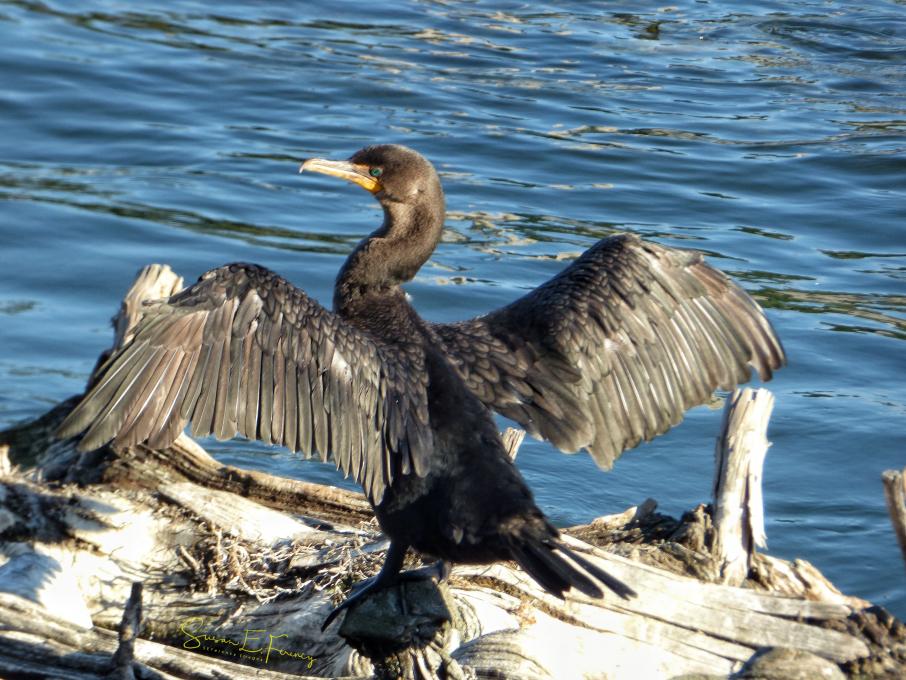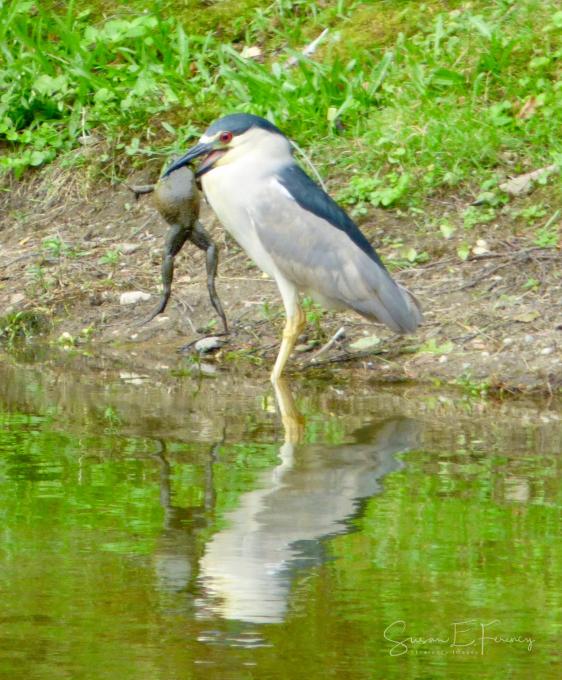The Cornell Lab Bird Academy › Discussion Groups › Bird Photography with Melissa Groo › Practice Getting Creative and Telling Stories
-
But the pileated woodpecker isn't satisfied with the pickings on the first log. With what an anthropomorphizing person might call a glare of annoyance, he hops to another. On the buggy warpath, he attacks with a vengeance, pecking straight on, then digging around the edge of his previous hole.



-
Great story!
-
-
I was standing near a pond where there was an ancient pile of long logs. Suddenly I hear a pileated woodpecker, and a bright red cap - just the cap - peaks up from behind a log. Then he jumps on a log and surveys his domain. He digs in. (Now, with only 3 photos per reply, it's going to take 3 replies to tell the story.)



-
 Northern Mockingbird perched on a bush; visible is its preferred scrubby habitat with UCI and the San Gabriel Mountains in the background
Northern Mockingbird perched on a bush; visible is its preferred scrubby habitat with UCI and the San Gabriel Mountains in the background -
This spring has been special because blue jays built a nest in a tall pine tree that was easily viewed from my kitchen window - and with binoculars, I was able to see the babies as well as the mother! So, I decided to photograph them for this homework assignment of a story in photos. I actually took eight photos for the story, but I'm submitting my favorite three. While photographing, I could see the importance of showing the habitat, rather than cropping closely around the birds. This was important with the first photo of the mother jay alone in her nest and then the second photo of the babies in the nest - safely surrounded by the pine tree. Then, I was very worried that the babies had fledged too early. I saw the empty nest and just one solitary baby bird up against a tree waiting. Later, I saw that the baby was hopping around the back yard and hopped onto a wheelbarrow, trying to fly. I'm including this photo, which is interesting because I had to take it looking into the light and the shape of the baby and pine boughs are silhouetted. I was able to use telephoto and keep a distance. Then, the baby hopped over and flew slightly up the stairs of the neighbor's house. He/she seemed afraid and didn't move for a long time, so I went out looking for the mother. I saw her up above in a tree and took a photo which shows nice backlighting again with the bird and foliage silhouetted against the sky. The last photo is of the mother and the baby on the stairs. The baby seems to be asking to be fed. I took the photo so the baby and the mother seem small compared to the fencing on the stairs. I unfortunately had to leave and when I returned, I searched for the baby and there was no sign. So, I can only HOPE that there was a happy ending to this and the baby was indeed able to fly! So this became


 a bittersweet story - caused me to realize how safe & snug the babies are at first in the nest and to feel with a pang just how big & scary the world may seem to a baby bird. But I was also somewhat reassured because I witnessed great dedication from the mother jay on the nest and she was right there for the baby jay who was out of the nest so young to explore the world......
a bittersweet story - caused me to realize how safe & snug the babies are at first in the nest and to feel with a pang just how big & scary the world may seem to a baby bird. But I was also somewhat reassured because I witnessed great dedication from the mother jay on the nest and she was right there for the baby jay who was out of the nest so young to explore the world...... -
Fantastic experience!
-
-
This morning, June 1, 2021, I went out to one of my usual spots; Sand Creek in northeast Denver. I had it in mind to try to practice capturing birds in flight using the tips that Melissa shares in a following lesson. I was blessed with more than a dozen snowy egret sightings. I've never had luck capturing a decent flight photo of these graceful birds, but I thought I would give it a try again today. In particular I kept in mind Melissa's suggestion to have the sun and wind behind me, and try to capture the bird as it was coming towards me. That's not easy! I didn't quite do that in this photo but I am happy to have been able to get an image of the egret's wings going downward. The photo certainly isn't as clear as I would like it to be. I have work to do on my settings. At first I was disappointed with the shadow that shows up on the egret's right wing, but then I thought that it was unusual and unique. So it's a keeper for me!

-
April 21 we visted Pickerington Ponds Metro Park and were happy to see a Cooper's Hawk. It was far away with many branches and in deep shadow, so the few photos my husband got were unremarkable. Later, he approached a tree with a well lit Song Sparrow he thought perhaps might show a better side. When the sparrow suddenly flew, the hawk appeared on the branch just above, a few meters away, "ready for her close up."


-
Love your hawk close-up!
-
-
I took this photo from shore and noticed the reflection along with ripples of the water of the Canadian Geese with other species in the background
 I
I -
I took this picture of a immature Gold Finch in the late summer; my story is that it was jumping around in a local Arboretum planting catching insects. I noticed how abundance the color surrounding the bird and brought it out in a sharp view making it a pretty bird even if it was in it's drab color.

-
This is a Southern Redbill Hornbill that was being mobbed by an African Paradise Flycatcher as it was raiding the flycatchers nests in the Kruger National Park, South Africa

-
Here is another story of a Red-wattled Lapwing mobbing an Oriental Honey-buzzard. I regret the missed photos where both would be clearly focused



-
This series of events is really exciting! I love the last one, you can just see the hawk's beak and the lapwing is in full offensive.
-
@Linda L. Stehlik Thank you :)
-
-
Here is a story that I documented in Nov 2019 - Three young of Wire-tailed Swallow begging for food and parent feeding them one by one. That time I did not have a good lens (Tamron 70-300) so photos are grainy and less sharp



-
The flight patterns and particularly the landings of Sandhill Cranes were particularly interesting. I kept thinking about being on an airplane and experiencing the landing gear going down, then the flaps going up to slow progress before setting down. While not an environmental story, the sequence of these three shots tell a science story that to me explains a little about aerodynamics. I would like to combine them into one image to tell the story. Yes, they need post production but I haven't had that lesson. And I still need a longer lens or closer access.



-

-
The point of this photo is to show a group of photographers encircling a snowy owl in a state park on Long Island, New York. (My shadow is the second one from the right). Even though the bird is in a protected nesting area, it is surrounded every day by photographers and birders, not all of whom keep a respectful distance away. On the other sides of the dune there are more photographers. I’m glad that I was able to see the owl, but I was very uncomfortable being there.
-
-
I wanted to focus on an environmental issue. After researching the issues in the state of Michigan, I drove a few hours through the Thumb area of the state to see what I would see. For the most part, I did not see many birds, other than a hawk that seized a roadkill as I sped by with no time to grab my camera. I then came upon a wind farm north of Vassar. What surprised me was the absence of birds. Was the absence due to the wind turbines, or the near freezing temperatures? Research indicate that there is an issue with the environmental impact of the wind farms. As I drove down the dirt road, I saw this bird hovering in one spot over the edge of the field. It was too far to manage a description of its species. I took this picture to draw a relationship between the life of birds and energy technology and the move away from fossil fuels. Since my mirrorless Lumix camera is broken (Panasonic says it no longer has parts for the G6, and the camera is not even 10 years old!). At the moment, I rely on my iPhone and a Kodak EasyShare that is extremely limited.

-
Hey, you got the shot no matter the equipment. Good shooting!!
-
Great photo and great description. They really drives to a reflection about the so called ¡solutions' for ecological problems. It’s so sad that some of the alternatives for the petrol-based energy are threatening wild life. The perfect example is this one you pointed out: wind turbines. What we’re gaining on one side (producing less greenhouse emissions) we’re losing on the other side (killing birds with the wind turbines).
-
-
I spend at least a half hour watching a cactus wren build a nest which I had read is football shaped and opening at its side. At one point the bird went in and not for awhile did it come out, but I wanted to show this bird's home. Here was the photo. I learned to take the time to see the whole picture of a bird's work and now understand better how little we know when we look at any nest.

-


 I submitted these because of the reflections on the water. In the female mallard photo, it is hard to tell what branches are above the water and what is reflected. That made it interesting to me. I also liked the look of the wavy reflected lines from branches in the photo of the male mallard. The hooded mergansers were the ducks on the pond I was most interested in this day, so I included the photo of them, even though they were more distant. These photos were better than a lot of photos I have taken this fall of ducks on ponds, where the distance and lighting at different times of day have resulted in less than satisfactory images. I am working on it. :)
I submitted these because of the reflections on the water. In the female mallard photo, it is hard to tell what branches are above the water and what is reflected. That made it interesting to me. I also liked the look of the wavy reflected lines from branches in the photo of the male mallard. The hooded mergansers were the ducks on the pond I was most interested in this day, so I included the photo of them, even though they were more distant. These photos were better than a lot of photos I have taken this fall of ducks on ponds, where the distance and lighting at different times of day have resulted in less than satisfactory images. I am working on it. :) -
I find reflections almost more interesting than the photo I planned to take. Nice reflections caught in your photos.
-
-

 This was a nice intimate moment between two Mourning Doves. The wire fence obscures the clear shot, and perhaps, lends the sense of privacy.
This was a nice intimate moment between two Mourning Doves. The wire fence obscures the clear shot, and perhaps, lends the sense of privacy. -
You caught the lovey-dovey action! Nice!
-
-
 I enjoy trying to find birds doing unusual things, unlike the everyday. Again, I was lucky to be in the right spot at the right time, mangrove swamp in Mexico, when this heron leapt out from the tops of the trees. Nikon D7200 with 70-300 mm lens
I enjoy trying to find birds doing unusual things, unlike the everyday. Again, I was lucky to be in the right spot at the right time, mangrove swamp in Mexico, when this heron leapt out from the tops of the trees. Nikon D7200 with 70-300 mm lens -
That's a capture! Cool! Great goal to have!
-
-
I was out early one morning at around seven walking around the lake, as usual, there was a little group of bufflehead ducks that I managed to get pretty good pictures of in the light, they used to hang out in the middle of the lake where it was hard to get pictures of them with a 300 mm lens, but now they come closer to shore, especially the females.



-
I just discovered this bird. They are nice looking.
-
I find it hard to get the white on their heads to not look blurry , while the rest of the body is sharp ?
-
-
 I tried and tried again to get a pan blur out on a lake, but never could. finally, when i was about to go home, I spot a flock of geese landing on the water! I guess it is not exactly a pan blur, but is still what I wanted!
I tried and tried again to get a pan blur out on a lake, but never could. finally, when i was about to go home, I spot a flock of geese landing on the water! I guess it is not exactly a pan blur, but is still what I wanted! -
I have not tried the pan blur yet and somewhat expect it will happen by accident. Catching birds in flight most often can be a blur, but you got them sharp here.
-
-
We have Indian Peafowl in our local regional park, and I’ve been observing them throughout their seasons, from mating time when their feathers and displays are flashy and magnificent, to afterward when they molt and aren’t at all attractive. One of my favorite shots happened during a mating display, and it happened quite by accident. I was taking photos of a male with his feathers on full display. He was just standing there, so my shutter was at 1/640. But suddenly he began vigorously swishing his feathers from back to front, front to back, side to side in this elaborate dance. I’d never seen anything like it. I didn’t have time to alter my settings, so I just shot trying to keep my focus on his face while he moved. Sort of a pan blur, I guess! I really like how this photo turned out as you can see the energy of the movement but the face is still focused.

-
Oh that is interesting and creative! Nice work.
-
-
 A crab-plover in the same area just before the sunset.. tried to play with the depth of field and kept the bird in a silhouette because I felt the golden light reflected around it will emphasis the importance of the bird..
A crab-plover in the same area just before the sunset.. tried to play with the depth of field and kept the bird in a silhouette because I felt the golden light reflected around it will emphasis the importance of the bird.. -
I like the golden light and the bird dark in color. I have to check out what a crab-plover is!
-
-
 I went to a small island to photograph terns.. Got good photos.. but on my way back and just when I reached the shore of the mainland I noticed this Heron fishing.. decided to give it a try and lay down in the middle of the water.. started photographing.. and waited for around 13 minutes till the heron got his fish!
I went to a small island to photograph terns.. Got good photos.. but on my way back and just when I reached the shore of the mainland I noticed this Heron fishing.. decided to give it a try and lay down in the middle of the water.. started photographing.. and waited for around 13 minutes till the heron got his fish!

-
Nice! Everyone's patience paid off!
-
-
Cormorant drying wings after coming up from a fishing dive.

-
Isn't that a fascinating display for drying their wings? It is amazing how many people do not know these birds do this...I think you have a story to tell.
-
-
I was watching this black crowned night heron for awhile and was so surprised when he came up with his lunch!

-
Yum! Great photo!!
-
Wow! And did you capture the rest of the story of him eating it?
-
Read More:
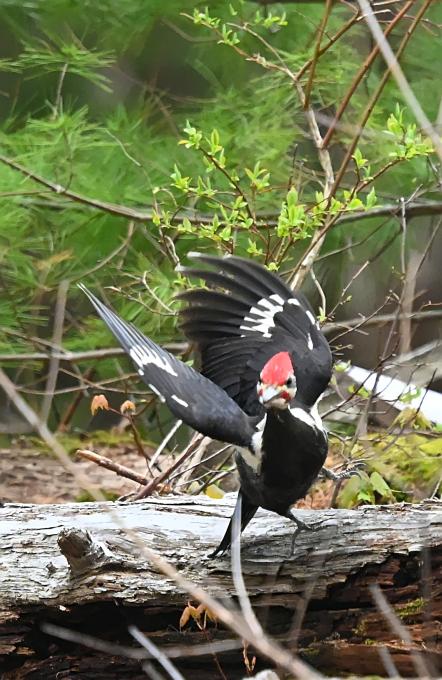
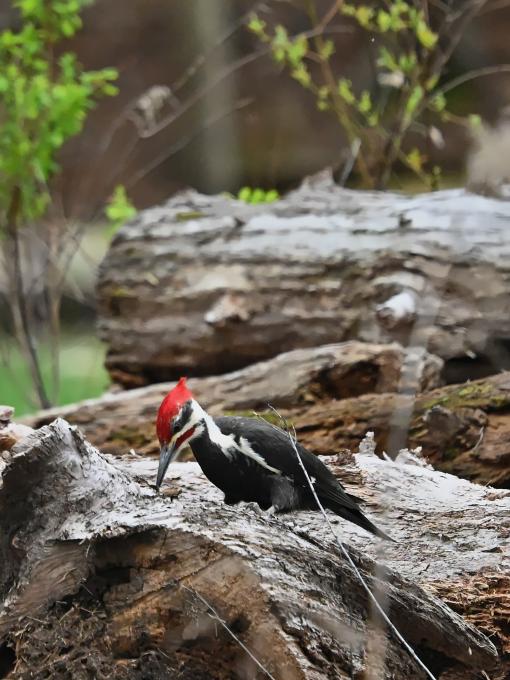
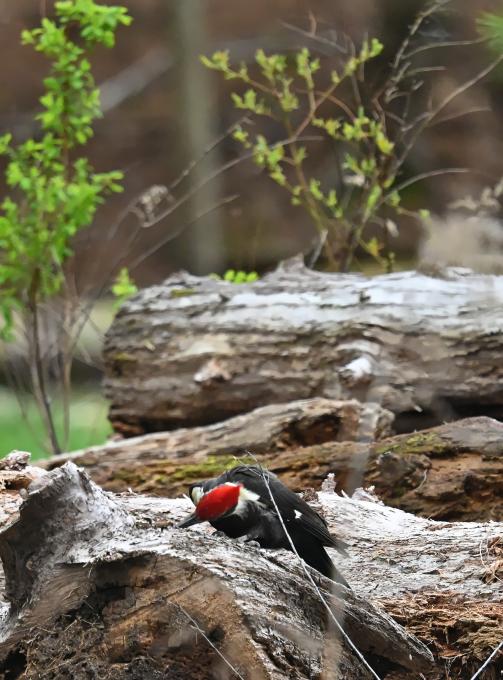
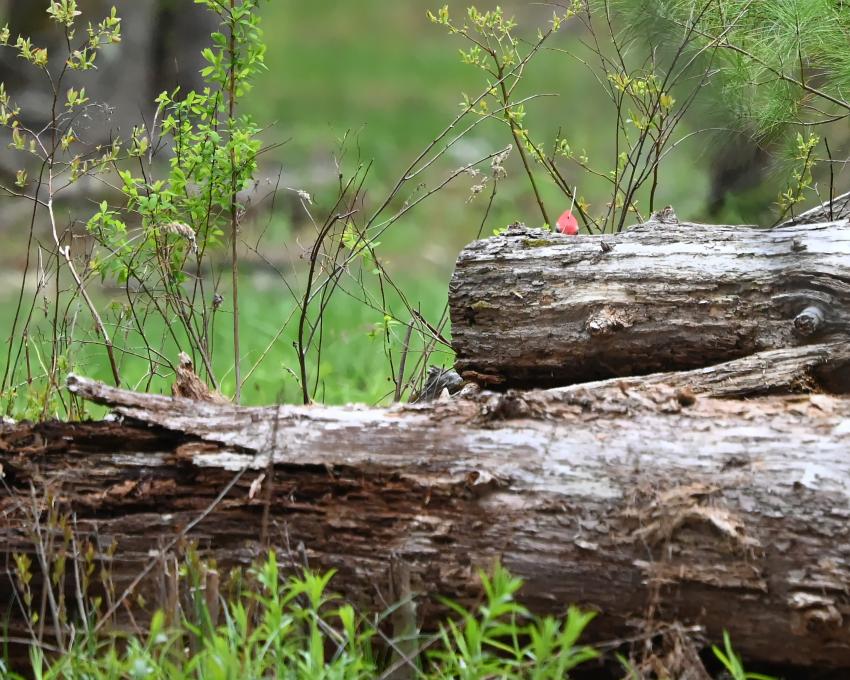

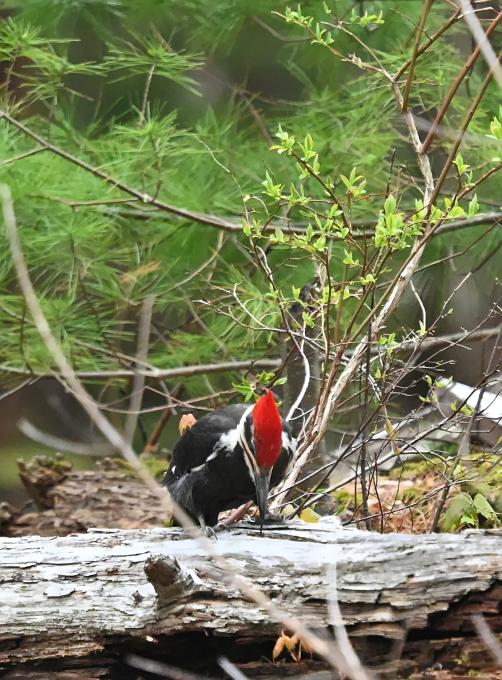
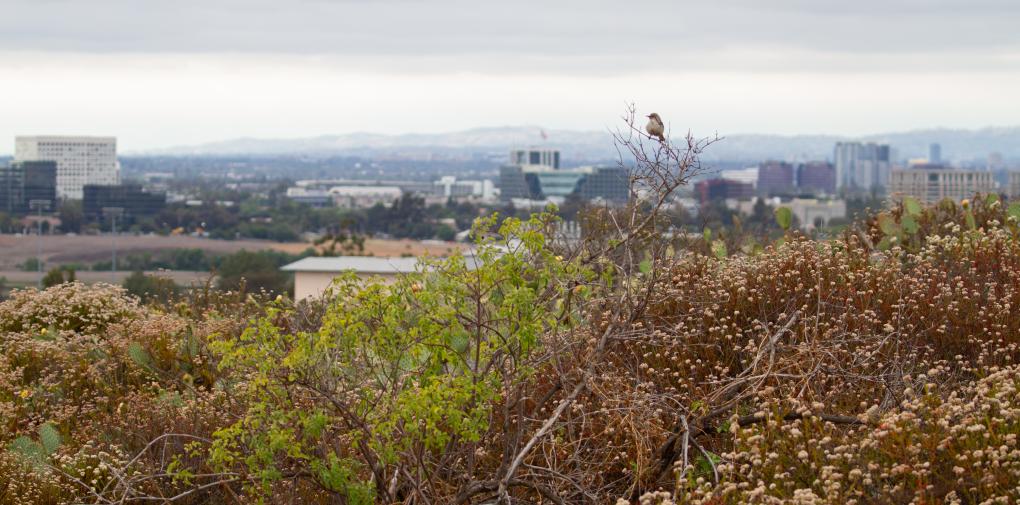 Northern Mockingbird perched on a bush; visible is its preferred scrubby habitat with UCI and the San Gabriel Mountains in the background
Northern Mockingbird perched on a bush; visible is its preferred scrubby habitat with UCI and the San Gabriel Mountains in the background 
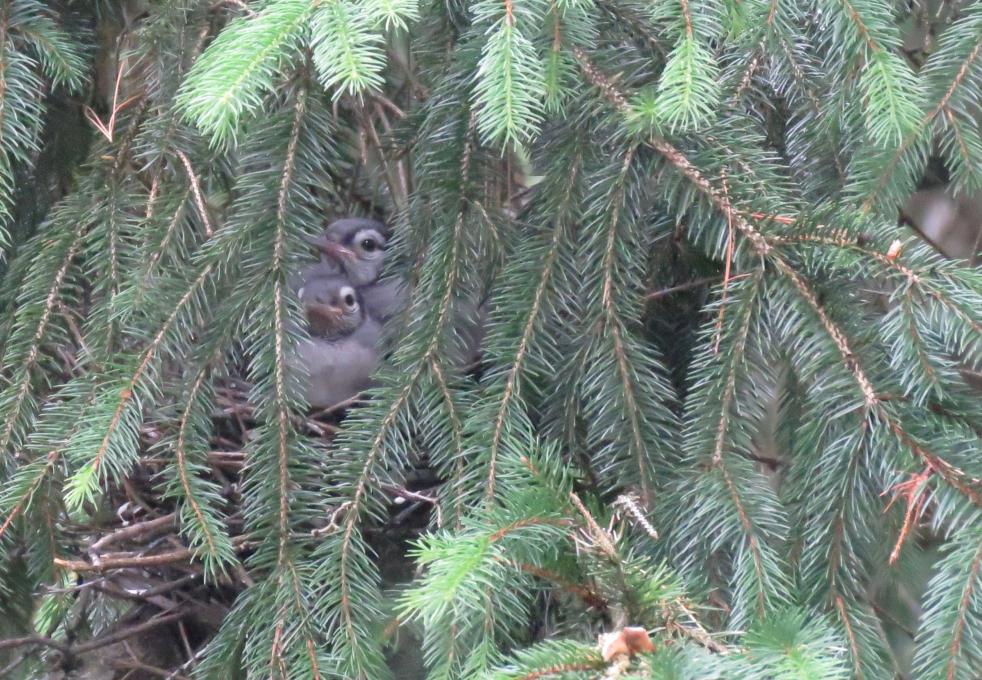
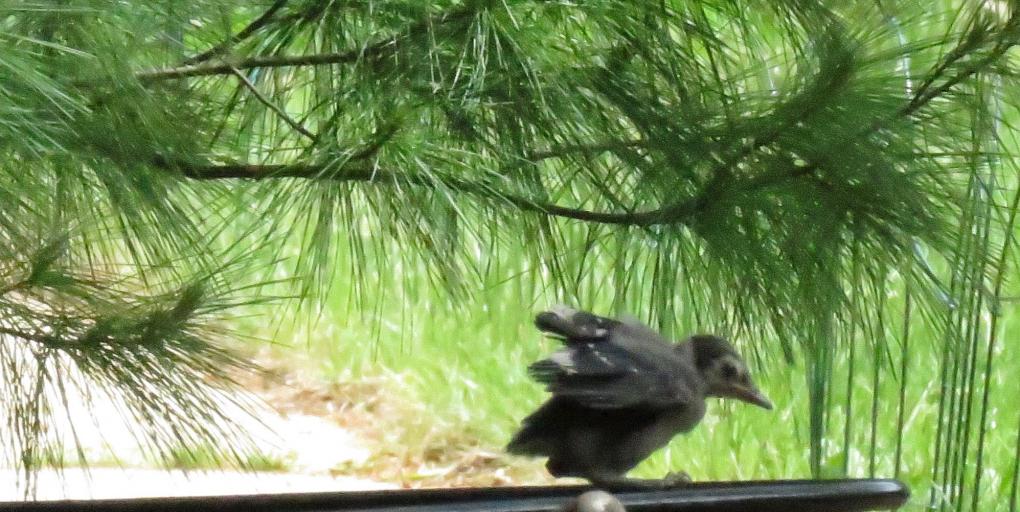 a bittersweet story - caused me to realize how safe & snug the babies are at first in the nest and to feel with a pang just how big & scary the world may seem to a baby bird. But I was also somewhat reassured because I witnessed great dedication from the mother jay on the nest and she was right there for the baby jay who was out of the nest so young to explore the world......
a bittersweet story - caused me to realize how safe & snug the babies are at first in the nest and to feel with a pang just how big & scary the world may seem to a baby bird. But I was also somewhat reassured because I witnessed great dedication from the mother jay on the nest and she was right there for the baby jay who was out of the nest so young to explore the world...... 
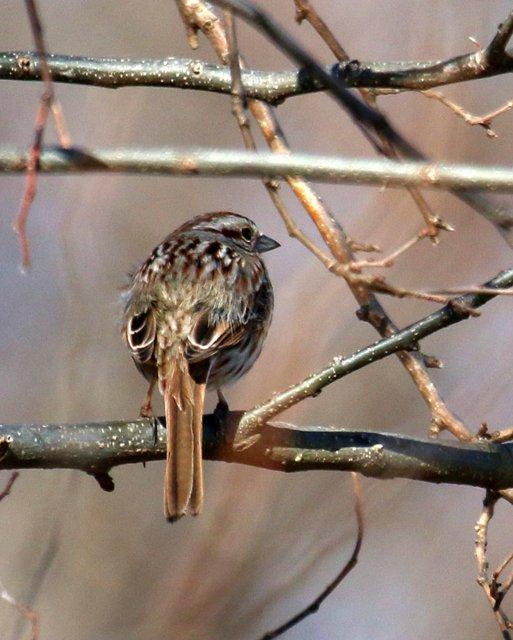
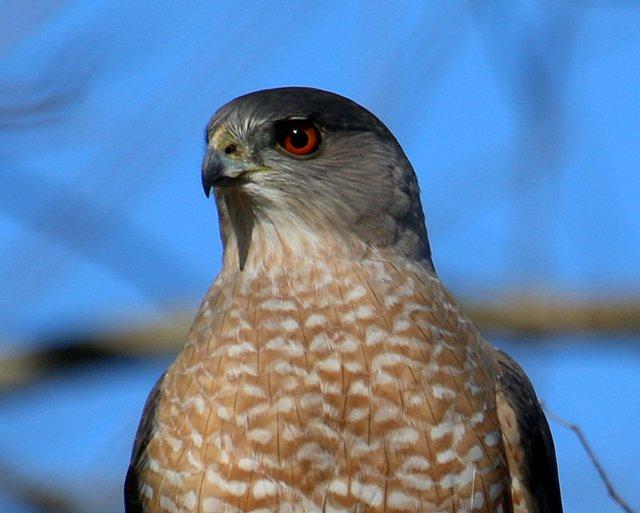
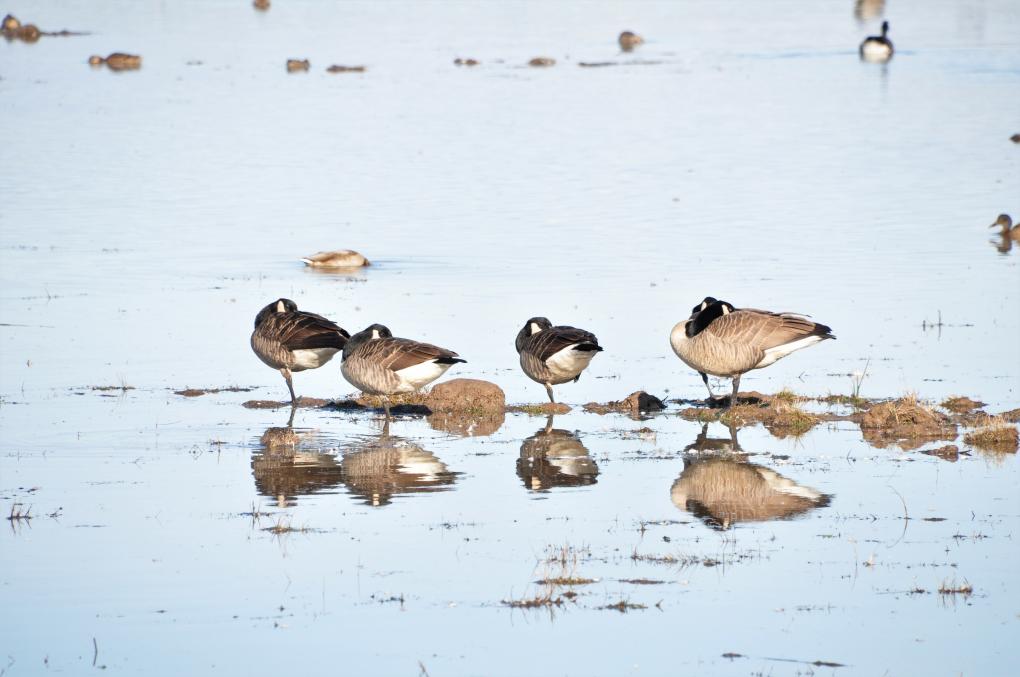 I
I 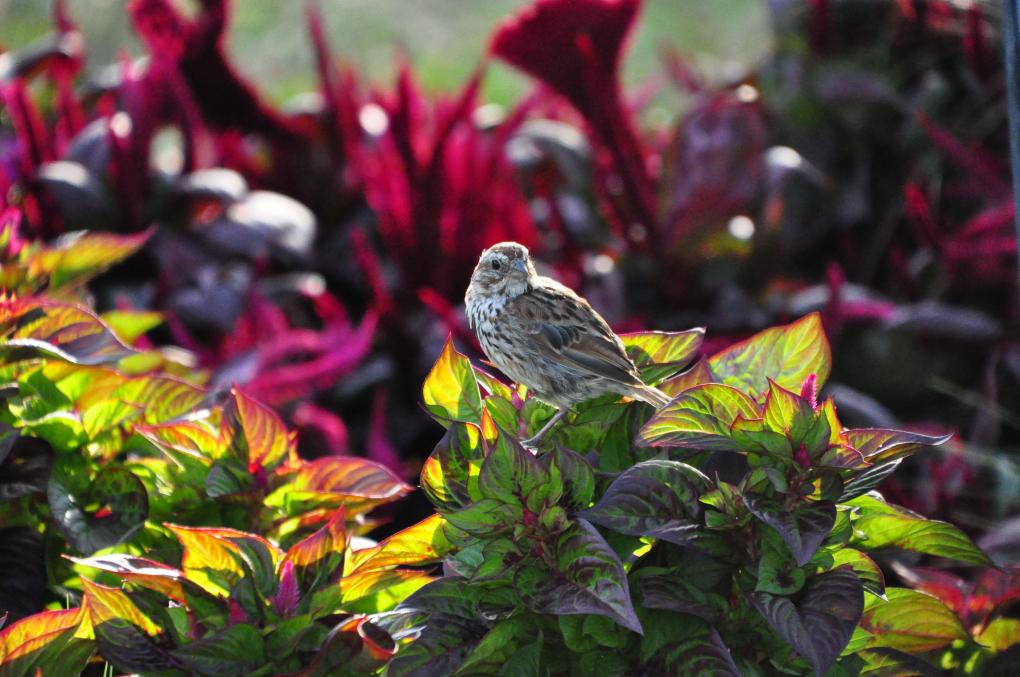
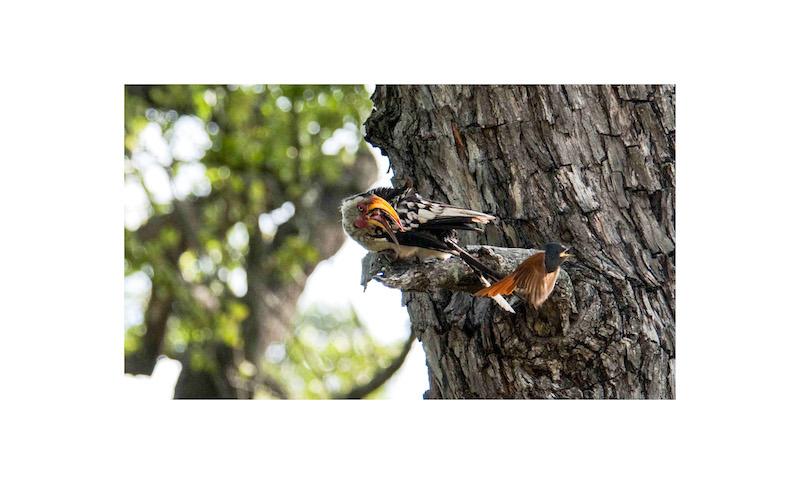
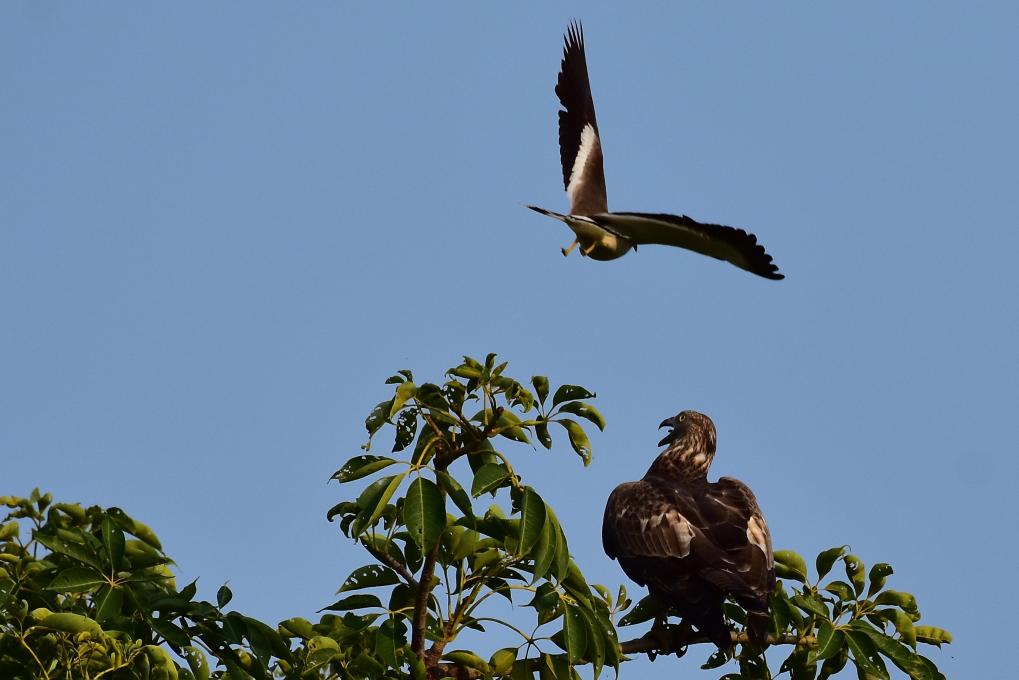
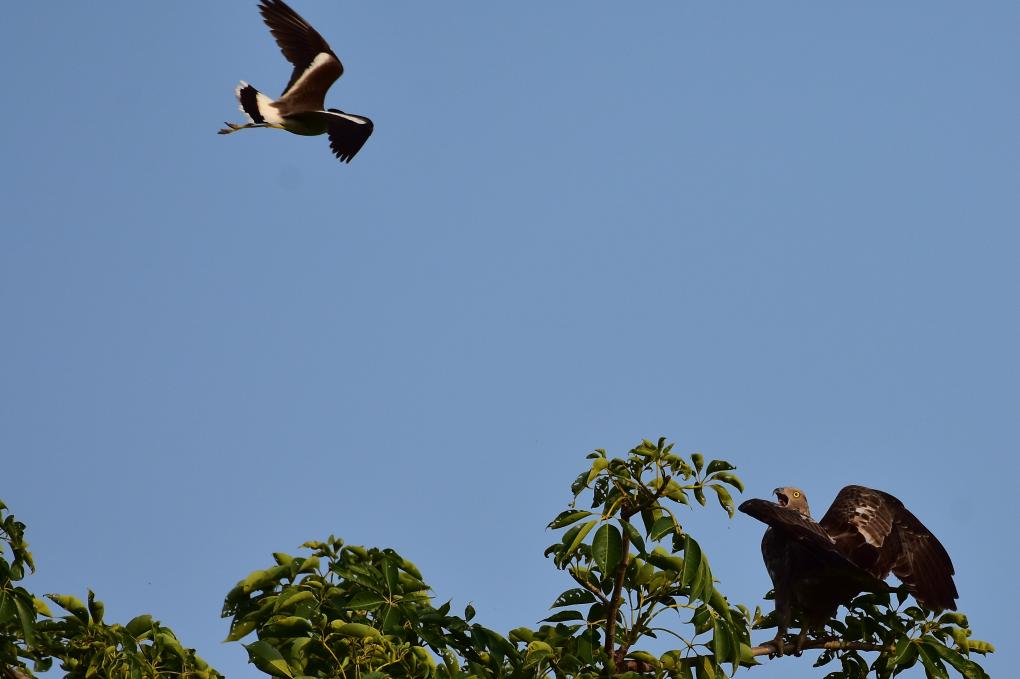
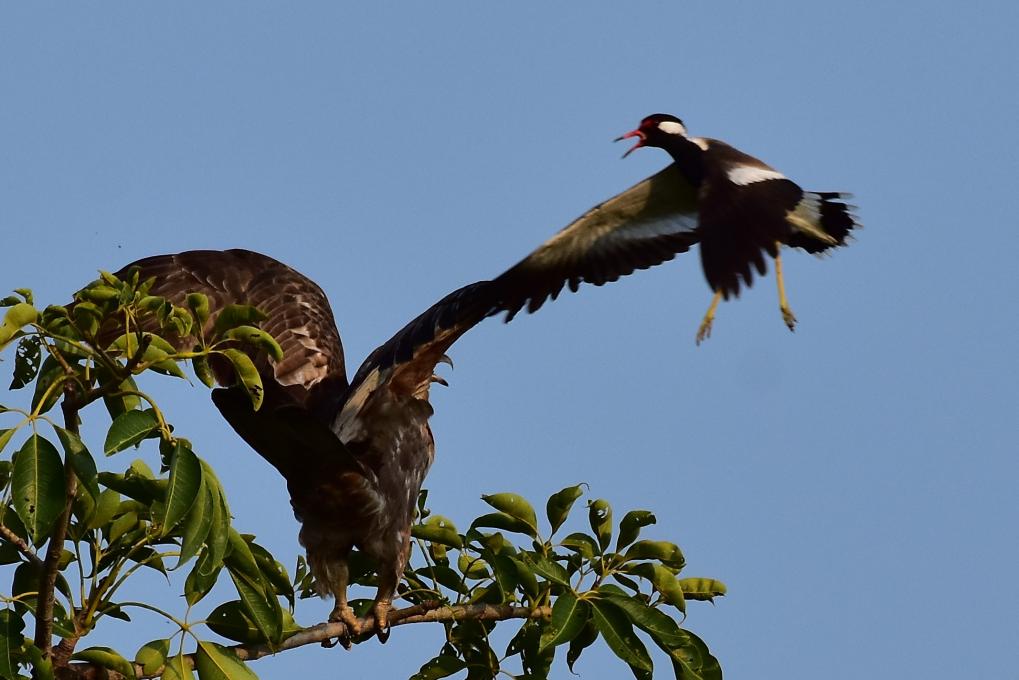
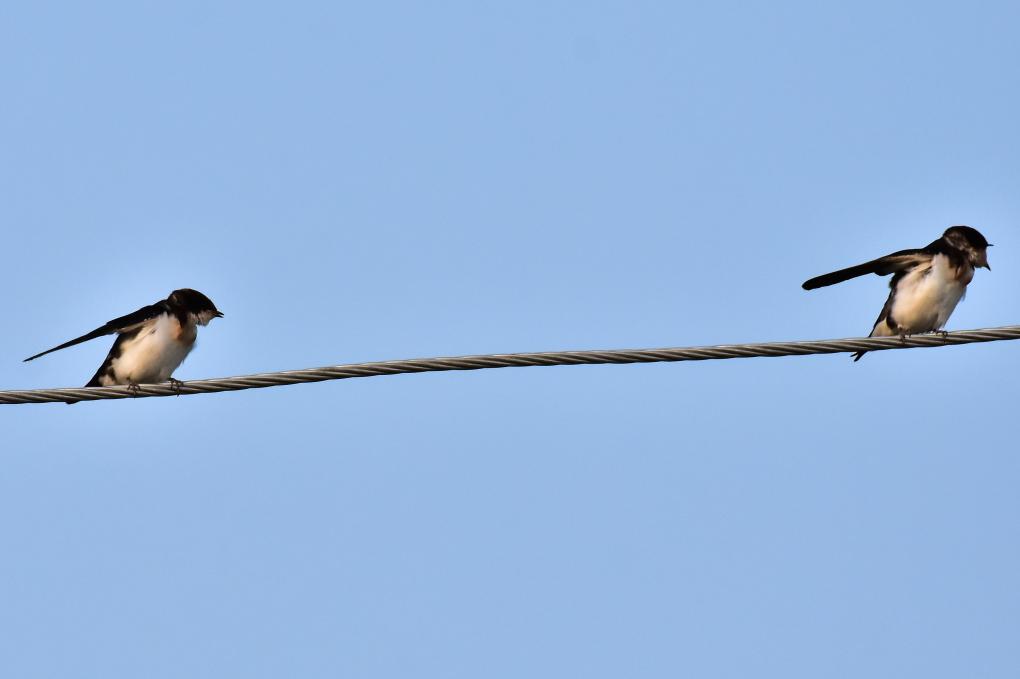



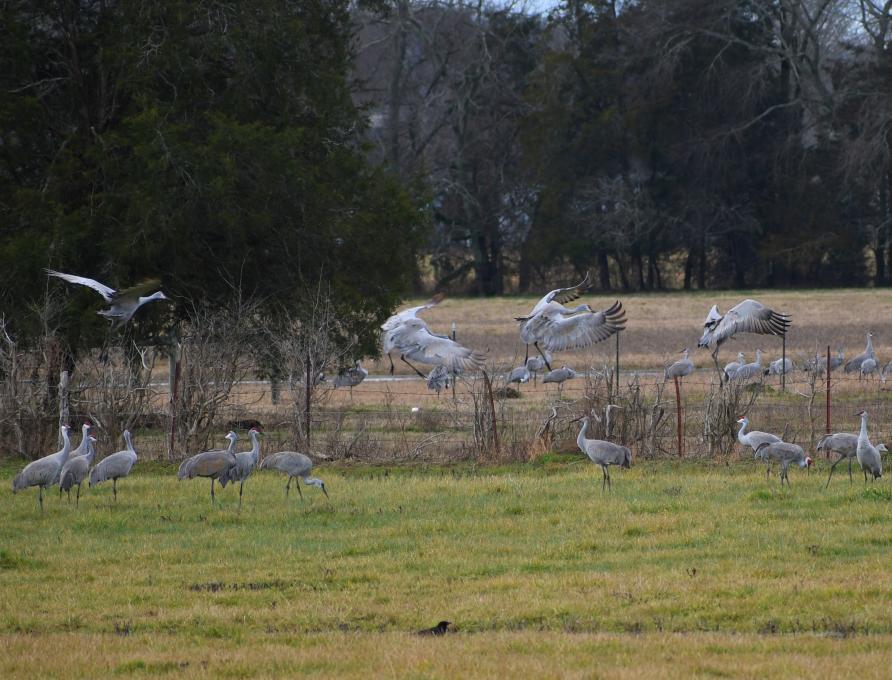
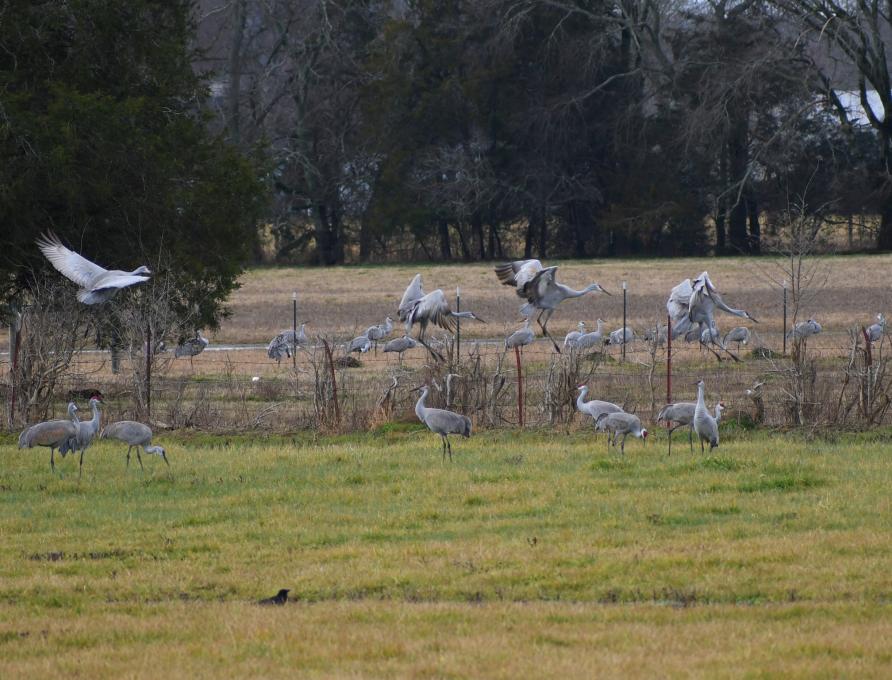
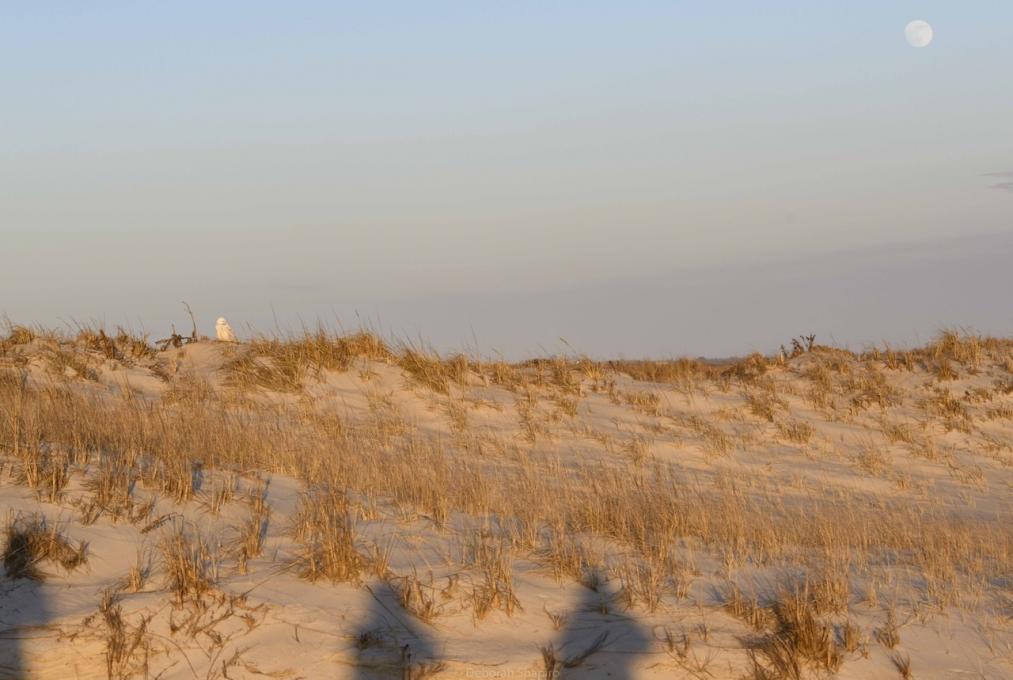
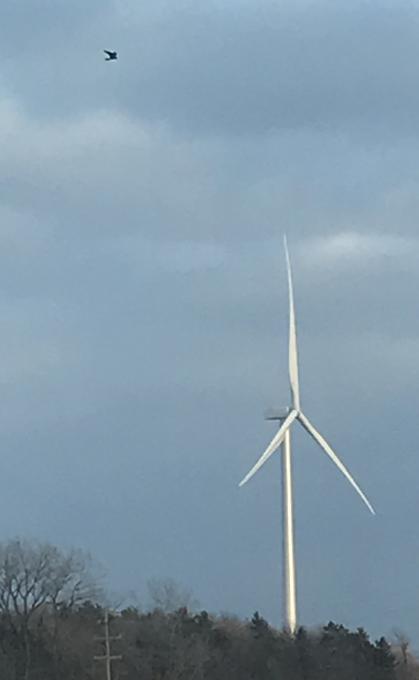
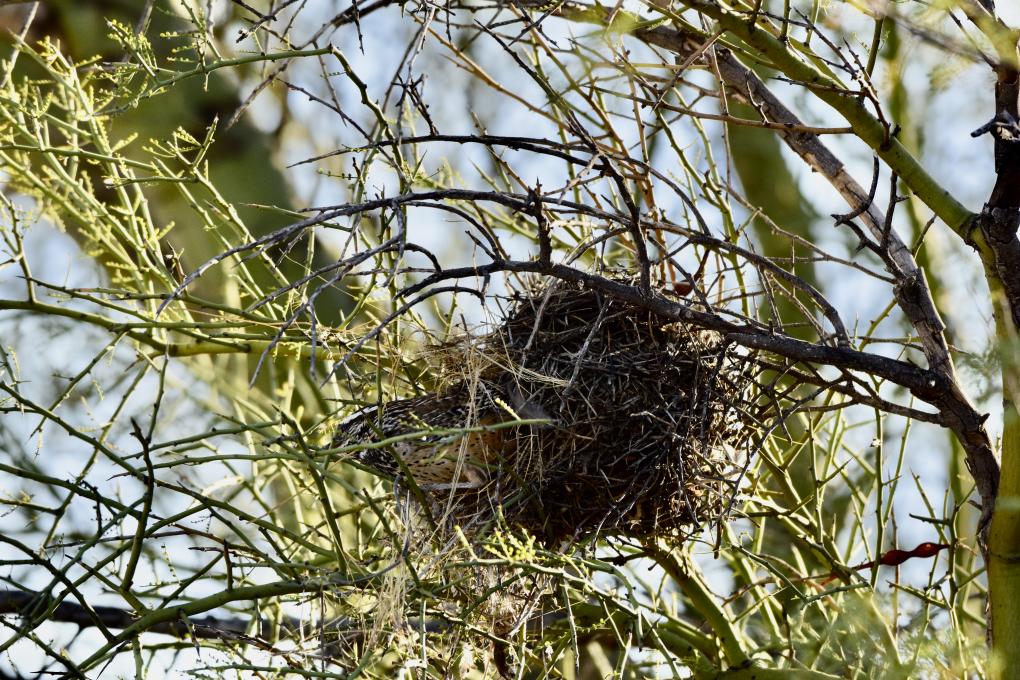
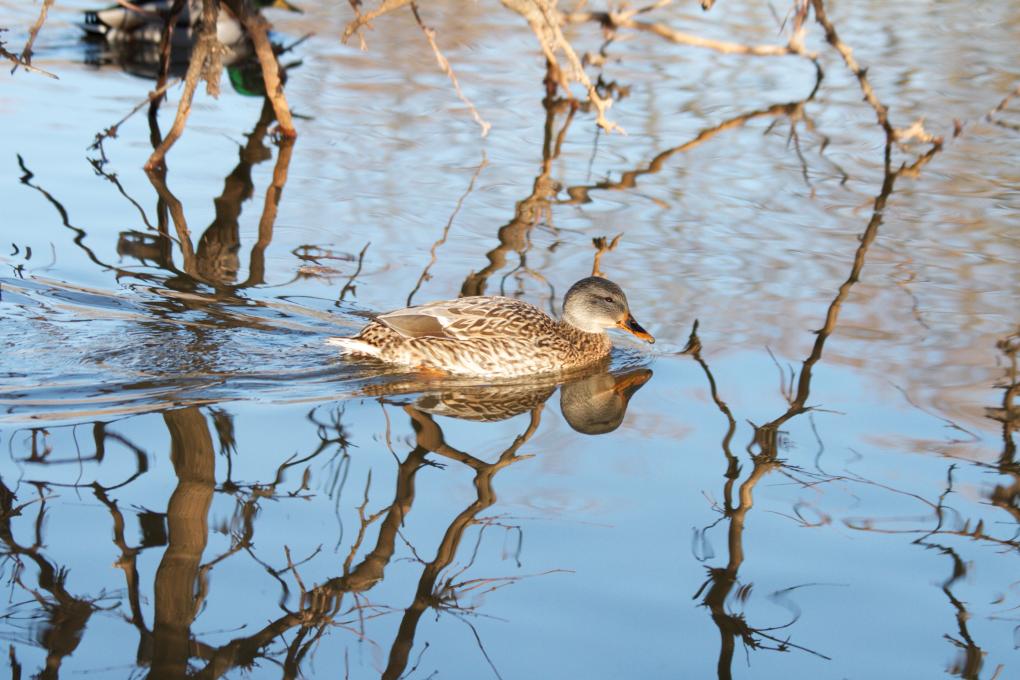

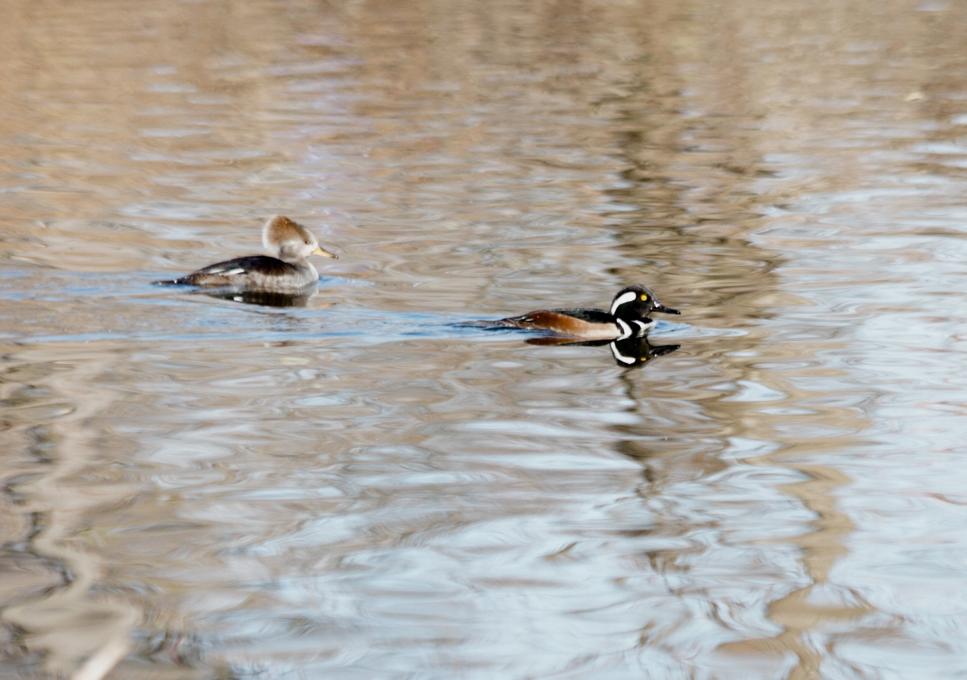 I submitted these because of the reflections on the water. In the female mallard photo, it is hard to tell what branches are above the water and what is reflected. That made it interesting to me. I also liked the look of the wavy reflected lines from branches in the photo of the male mallard. The hooded mergansers were the ducks on the pond I was most interested in this day, so I included the photo of them, even though they were more distant. These photos were better than a lot of photos I have taken this fall of ducks on ponds, where the distance and lighting at different times of day have resulted in less than satisfactory images. I am working on it. :)
I submitted these because of the reflections on the water. In the female mallard photo, it is hard to tell what branches are above the water and what is reflected. That made it interesting to me. I also liked the look of the wavy reflected lines from branches in the photo of the male mallard. The hooded mergansers were the ducks on the pond I was most interested in this day, so I included the photo of them, even though they were more distant. These photos were better than a lot of photos I have taken this fall of ducks on ponds, where the distance and lighting at different times of day have resulted in less than satisfactory images. I am working on it. :) 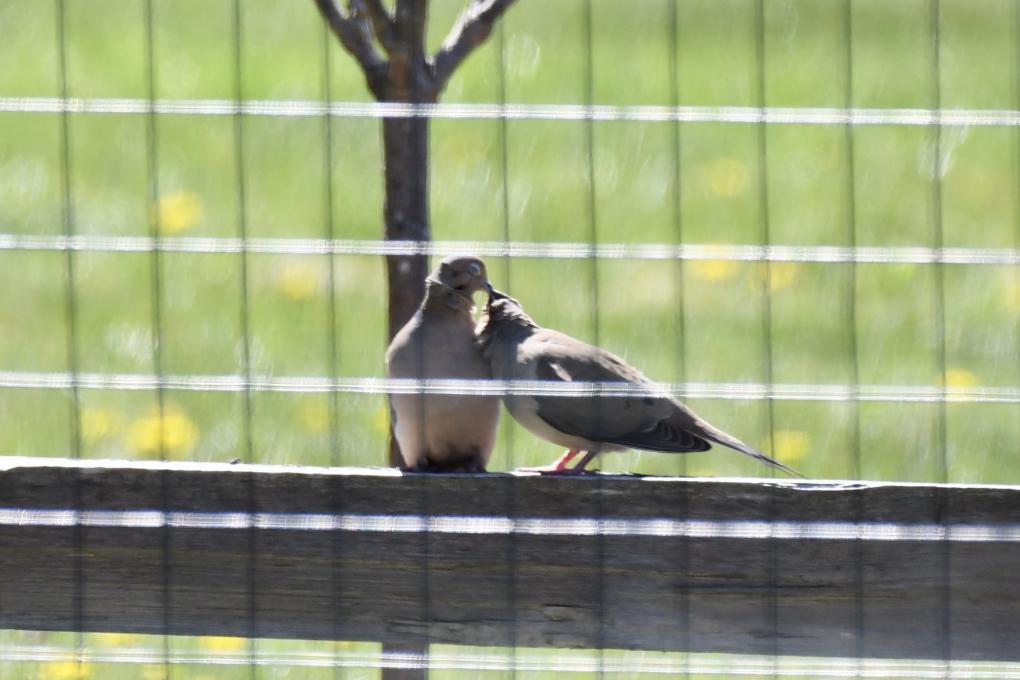
 This was a nice intimate moment between two Mourning Doves. The wire fence obscures the clear shot, and perhaps, lends the sense of privacy.
This was a nice intimate moment between two Mourning Doves. The wire fence obscures the clear shot, and perhaps, lends the sense of privacy. 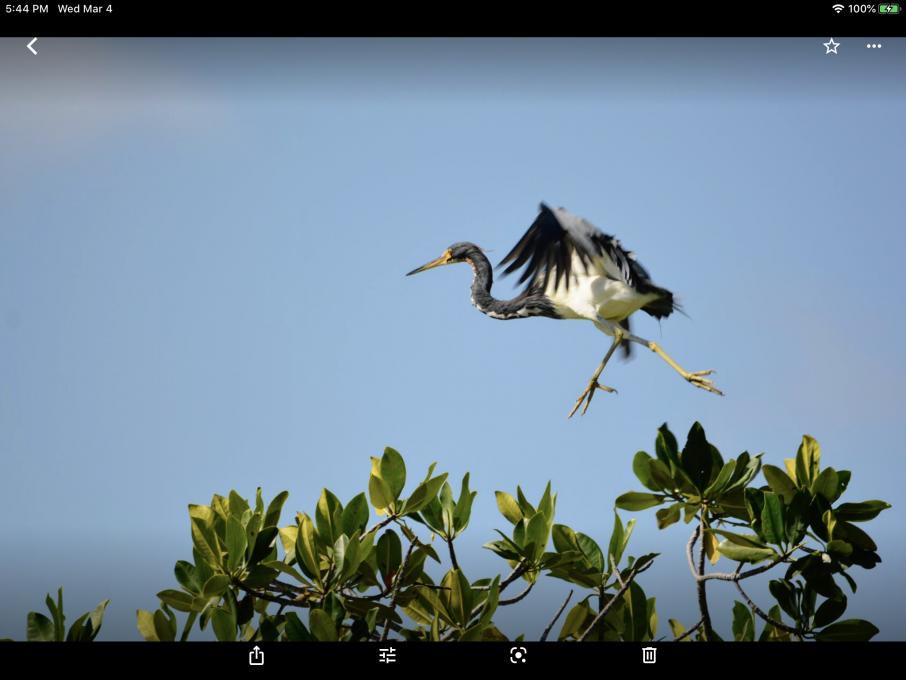 I enjoy trying to find birds doing unusual things, unlike the everyday. Again, I was lucky to be in the right spot at the right time, mangrove swamp in Mexico, when this heron leapt out from the tops of the trees. Nikon D7200 with 70-300 mm lens
I enjoy trying to find birds doing unusual things, unlike the everyday. Again, I was lucky to be in the right spot at the right time, mangrove swamp in Mexico, when this heron leapt out from the tops of the trees. Nikon D7200 with 70-300 mm lens 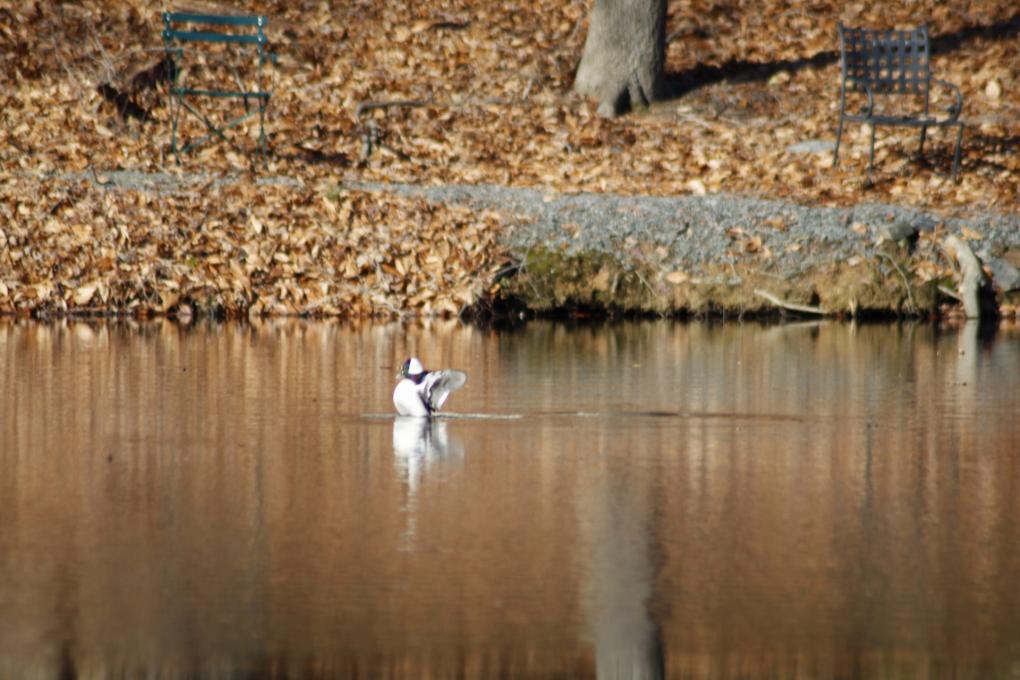

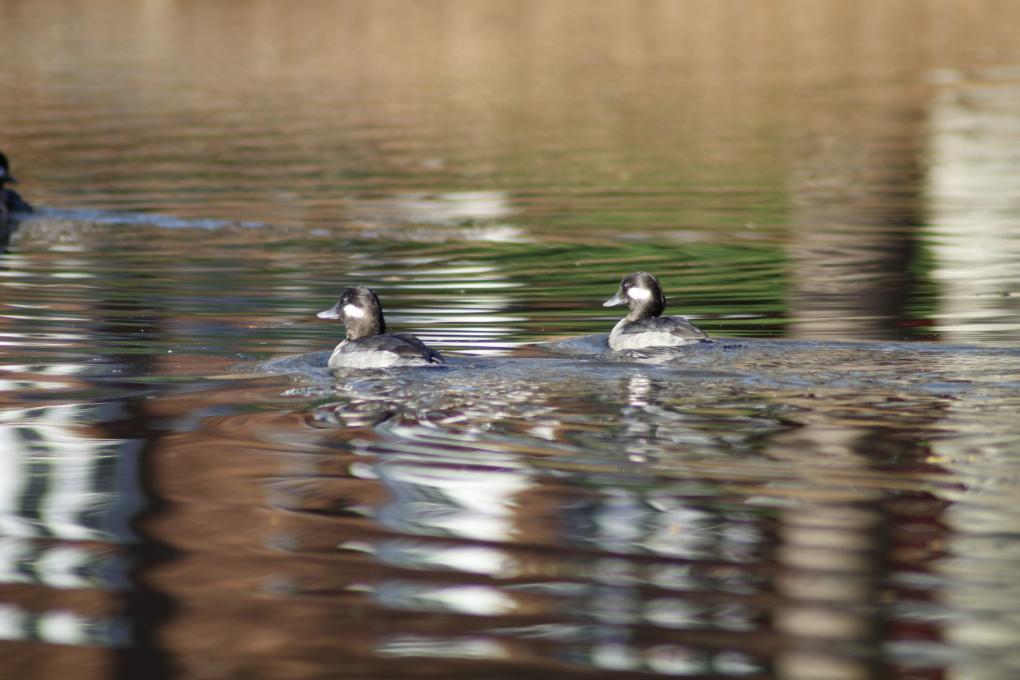
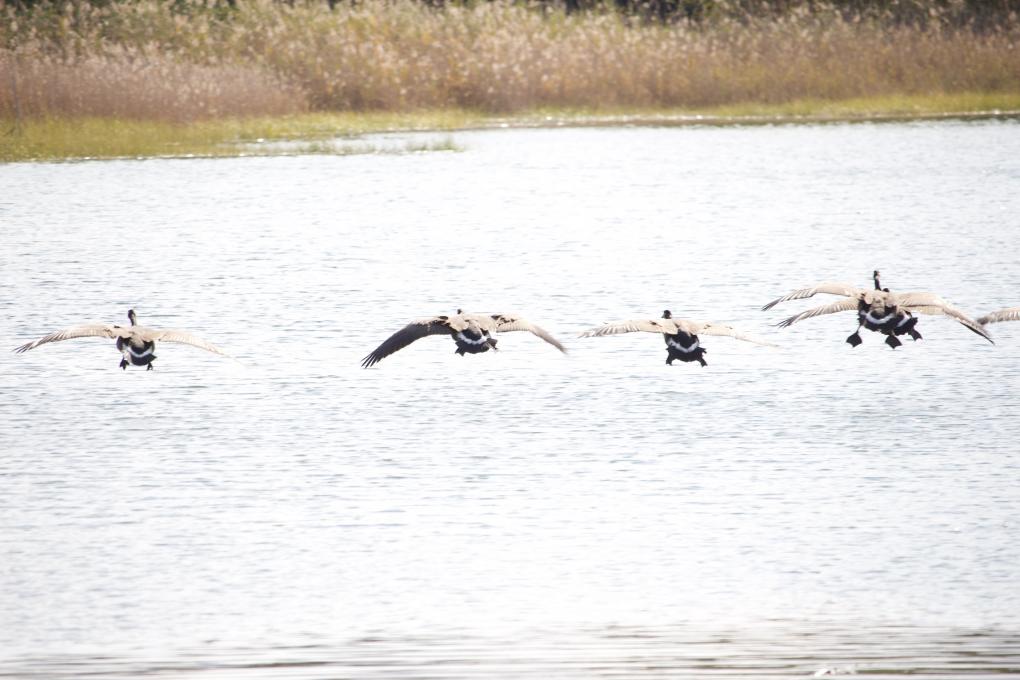 I tried and tried again to get a pan blur out on a lake, but never could. finally, when i was about to go home, I spot a flock of geese landing on the water! I guess it is not exactly a pan blur, but is still what I wanted!
I tried and tried again to get a pan blur out on a lake, but never could. finally, when i was about to go home, I spot a flock of geese landing on the water! I guess it is not exactly a pan blur, but is still what I wanted! 
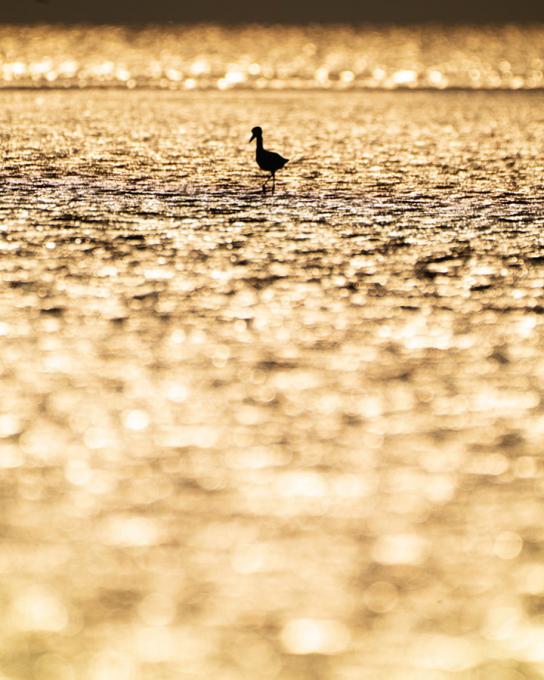 A crab-plover in the same area just before the sunset.. tried to play with the depth of field and kept the bird in a silhouette because I felt the golden light reflected around it will emphasis the importance of the bird..
A crab-plover in the same area just before the sunset.. tried to play with the depth of field and kept the bird in a silhouette because I felt the golden light reflected around it will emphasis the importance of the bird.. 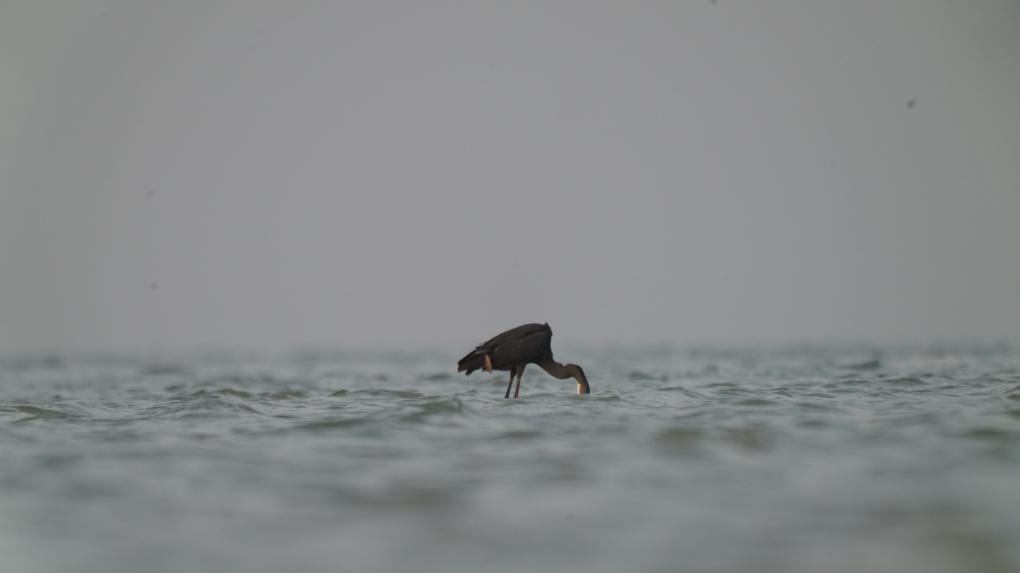 I went to a small island to photograph terns.. Got good photos.. but on my way back and just when I reached the shore of the mainland I noticed this Heron fishing.. decided to give it a try and lay down in the middle of the water.. started photographing.. and waited for around 13 minutes till the heron got his fish!
I went to a small island to photograph terns.. Got good photos.. but on my way back and just when I reached the shore of the mainland I noticed this Heron fishing.. decided to give it a try and lay down in the middle of the water.. started photographing.. and waited for around 13 minutes till the heron got his fish!

